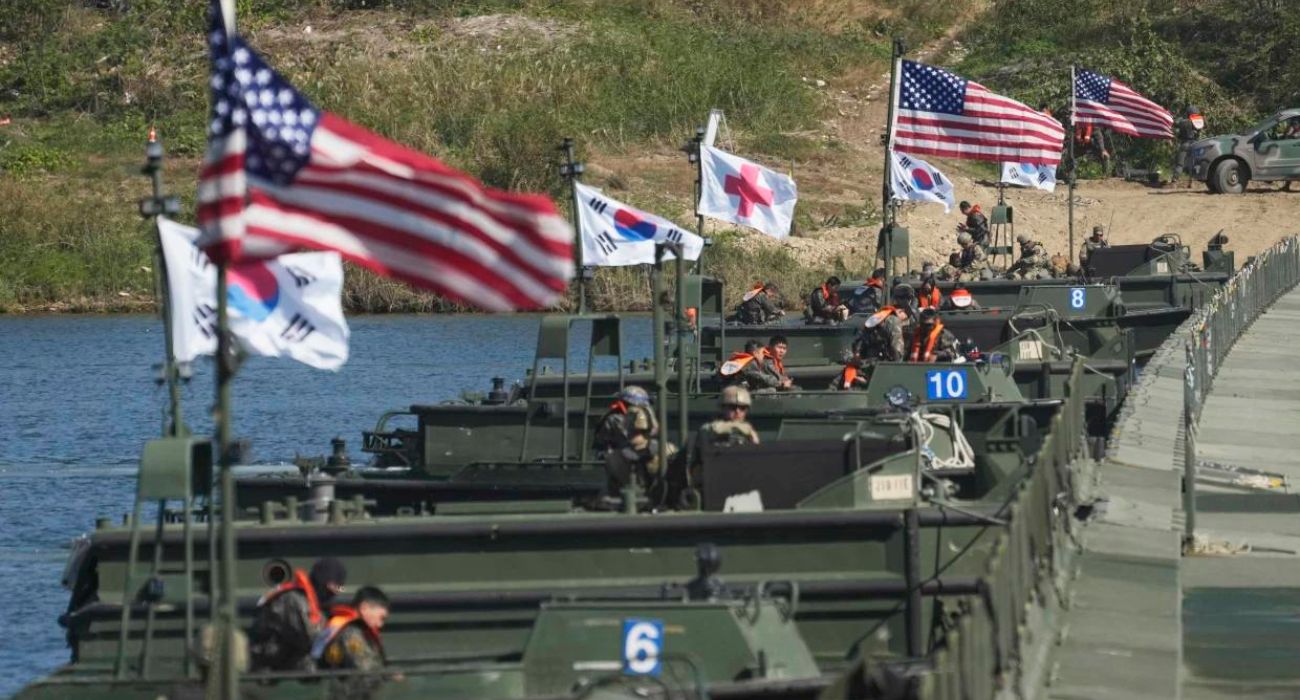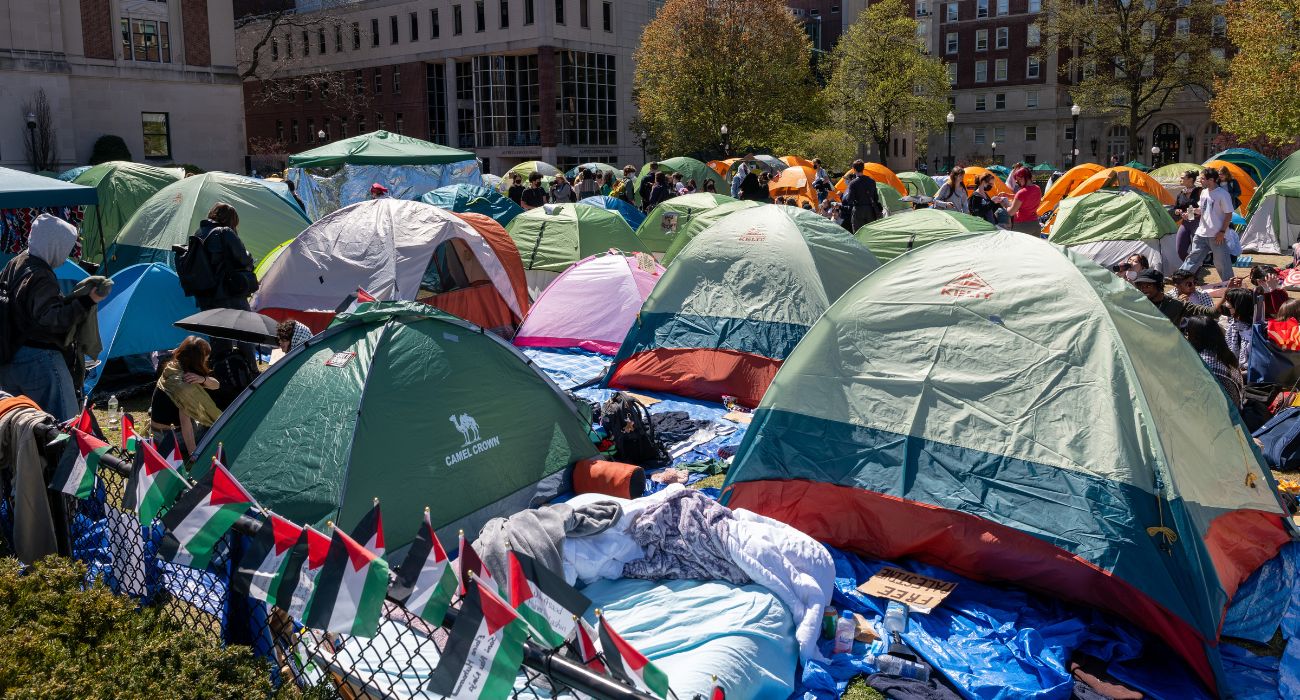After reports of North and South Korean troops firing warning shots at each other last week, North Korea’s Foreign Ministry has criticized the U.S. for expanding joint military exercises with its ally from the south.
In response to North Korea’s escalating weapons tests and growing nuclear threat, the U.S. and South Korea are conducting aerial maneuvers with more than 200 warplanes, including their advanced F-35 fighter jets, the Associated Press (AP) reports.
After scaling back or canceling the joint military exercises in prior years to create diplomatic space with Pyongyang and in the wake of the pandemic, the U.S. and South Korea have resumed large-scale military drills this year, The Dallas Express reported.
This year, North Korea has launched over 40 ballistic missiles, including an intercontinental ballistic missile being developed and an intermediate-range missile shot over Japan, marking a new record for the country’s weapons tests.
Those tests have been underscored by the North’s escalating nuclear strategy.
A 2013 law first outlined the country’s nuclear policy, stipulating that North Korea could use nuclear weapons to repel invasion or attack from a hostile nuclear state as well as make retaliatory strikes.
In September, a new law was enacted allowing preemptive nuclear strikes if North Korea detects an imminent attack on its country, its leadership, or the command organization of its nuclear forces.
“Whatever the intentions are, North Korea’s repeated ballistic missile launches are absolutely impermissible, and we cannot overlook its substantial advancement of missile technology,” stated Japanese Defense Minister Yasukazu Hamada.
North Korea’s Foreign Ministry warned on Monday of “more forceful follow-up measures” after the U.S. expanded joint military drills with South Korea, alleging it is practice for an invasion.
“If the U.S. consistently persists in the grave military provocations, the DPRK would take into account more powerful follow-up measures,” the spokeswoman stated, AP reports.
In recent weeks, North Korea has reportedly shot hundreds of shells in inter-Korean maritime buffer zones, which the two Koreas established in 2018 to lessen frontline military tensions. North Korea blamed the firing on South Korean land border live-fire exercises.
The Koreas exchanged warning shots on October 24 along their disputed western maritime boundary, a site of historic bloodshed and naval clashes.
South Korea’s annual 12-day “Hoguk” field exercises, which officials claim included an undefined number of American personnel, concluded on October 28.
The U.S. and South Korea began their five-day “Vigilant Storm” air force drills on October 31, with more than 240 aircraft flying approximately 1,600 sorties participating in the drills, including American F-35B stealth fighter jets.
The North Korean Foreign Ministry statement attributed to an unidentified representative said the military drills revealed the U.S. as the “chief perpetrator in destroying peace and security.”
It stated the North will take “all necessary measures” to fight against outside military threats.
North Korea issued its latest statement after launching two short-range ballistic missiles into the sea. The country stated that its recent missile tests were mock nuclear attacks on South Korean and American targets.
North Korea claims its tests are a warning amid joint military drills. Some experts suggest Pyongyang utilized the exercises to test new weapons systems, strengthen its nuclear capacity, and gain leverage in future negotiations with Washington and Seoul, AP reports.
South Korean officials have warned that North Korea may detonate its first nuclear test device since September 2017, bringing it closer to its aim of creating a nuclear arsenal capable of attacking regional U.S. allies and the American mainland.






